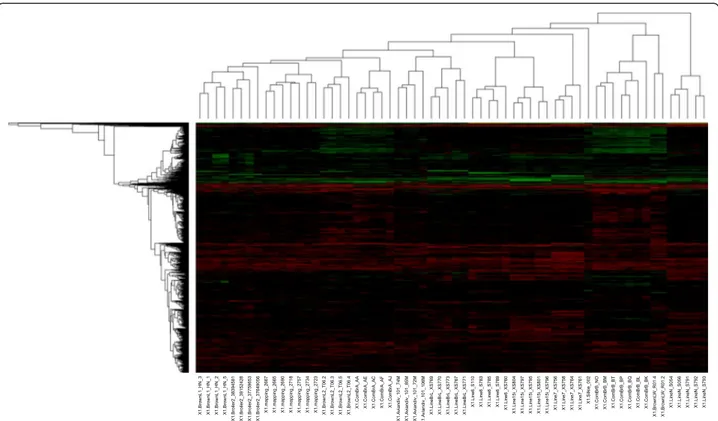Large scale variation in DNA copy number in chicken breeds.
Texte intégral
Figure




Documents relatifs
Alignment of the chicken protein sequences of FFAR2 (supplementary data S7, Supplementary Material online) showed that the two arginine and two histidine, previously described
These putative ori were identified by (i) selecting pairs of successive jumps of amplitude ∆S ≥ 0.12, and (ii) checking that none of these upward jumps could be explained by
Four experiments on genetic relationships were conducted using different estimation criteria including morphological discrete characters, body measurements, biochemical markers, and
of the MHC in immune competence Until this time, the exact effect of MHC diversity on the differences in disease resis- tance and susceptibility remained obscure, besides the class
The pitch angle distribution of electrons obtained by the Fast Auroral Snapshot (FAST) satellite suggests that BBEs consist of two energy components (higher and lower energies) due
The recovery and stabilization of the price of cocoa from 2012/13, together with the beginnings of a reduction in the price of chemical fertilizers led their use to grow in
gaps and overlaps, say D b/s, between adjoining segments. The overlapping lengths should be chosen sufficient enough to extract conserved regions given a maximum length d b/s. BLASTZ
Les féculents sont le riz, le blé, les pâtes, le pain, les céréales du petit déjeuner, les légumineuses (haricots blancs, flageolets, pois chiches, lentilles…) et les pommes
